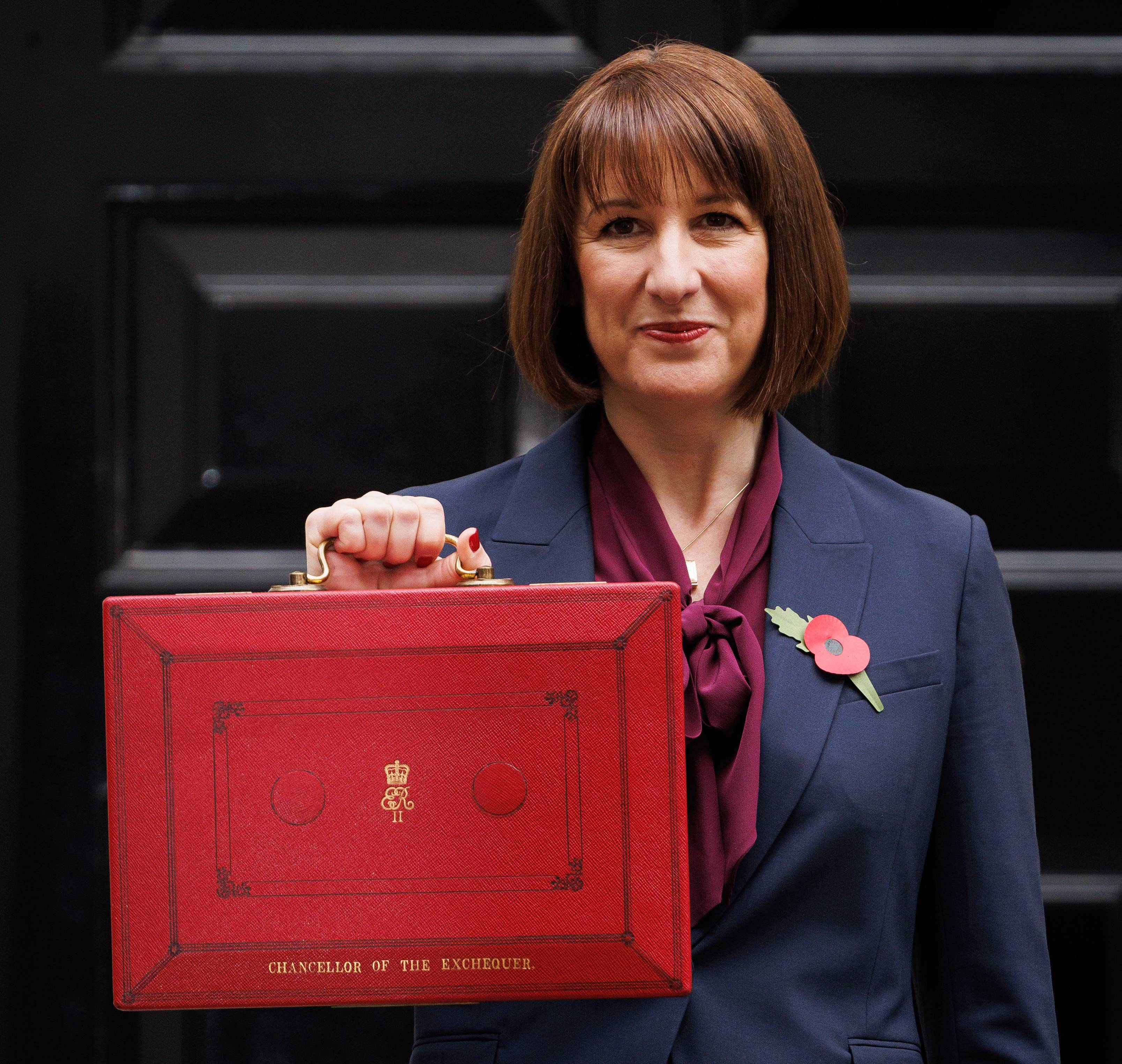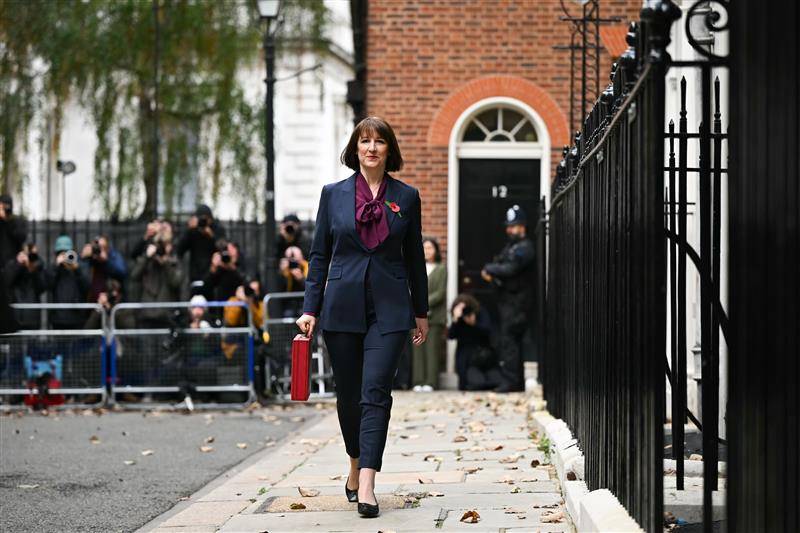Investment Update: Global recession? It’s not as likely as markets suggest
Rising interest rates, slowing GDP growth and war have rocked markets. Stock prices say recession is locked in; we’re not so sure. It’s a significant risk, but there’s more resilience in today’s economy than many investors think.

Article last updated 22 July 2025.
"We think it’s sufficient to say that the tumult is the result of the huge amount of economic uncertainty – particularly around GDP growth, inflation and interest rates."
Stocks and bonds have fallen again over past weeks. American and Chinese equities have even plumbed new lows for the year. Many commentators like to post-rationalise short-term gyrations with what, to our mind, is often spurious accuracy. We think it’s sufficient to say that the tumult is the result of the huge amount of economic uncertainty – particularly around GDP growth, inflation and interest rates – that we have written about for almost a year. We had hoped we had seen the bottom, but because we weren’t sure it made sense over the last few months to position portfolios to be more defensive. It was difficult to see a catalyst for any subsidence in the wall of fear that investors have built around how high inflation may go, the scale and frequency of interest rate rises and the prospect of a central bank-induced recession, and the implications of the war in Ukraine.
We must acknowledge that we may not get a catalyst for another couple of months. We probably need to see signs that rates of core inflation (which ignore volatile energy and food prices) have peaked, we’ll need to see further confirmation that wage inflation isn’t going to spiral out of control, and then we’ll need to see the Federal Reserve (Fed), America’s central bank, start to soften its language around the extent of future monetary tightening.
However, importantly, we still don’t think a global recession is the most likely outcome (NB the UK is a different matter), which means neither is a bear market – where stock markets drop by more than 20% and stay there for a long time. If we’re correct, that means the recovery in equity markets is likely to be measured in months, not years. And so it makes sense to stay invested.
Flush with cash
The indicators that anticipate recession the furthest in advance, such as shorter-dated US government bond yields and the inflation-adjusted money supply, suggest a negligible chance of recession. Apart from consumer confidence – whose correlation with actual spending has broken down significantly since the pandemic – shorter-term leading indicators of activity, such as business confidence and intentions to invest in plant, equipment and technology, largely show impressive resilience. This is likely due to all the cash amassed by businesses and consumers over the past two years. We’ve got a decelerating global economy, for sure, but not much sign of recession.
We’ve had yet another good season for corporate earnings: for all the concern about profit margins as input costs have risen, we’re not seeing much sign of deterioration among the largest companies. Almost 80% of companies reporting beat earnings-per-share expectations. In the US, the magnitude of the positive ‘surprise’ is around the non-recession average; in Europe, we’ve seen even better results.
But that’s the quantitative analysis – it’s only ever a starting point. Qualitatively, we’re working under the assumption of a one-third chance of recession over the next 12 months. We’re not complacent. We’re particularly concerned about the war of words between Europe and Russia over trade in energy and the risk of another seismic shift in the price of gas that could precipitate a serious economic contraction.
The good news is that there is a lot of bad news already priced into those companies whose earnings are most sensitive to the business cycle (what we call ‘cyclical’ companies, as opposed to their counterparts, ‘defensive’ companies). The price-earnings multiples of European banks, carmakers and retailers are at seven or eight-year lows, while the valuations of more defensive pharmaceutical or utilities businesses across the world are at seven-year highs. In fact, the ratio of the valuation of cyclicals relative to defensives has only been this low for just three significant periods in the last 30 years. In other words, this is recession pricing. But a recession, in our opinion, is not the most likely scenario so we think there are some compelling investment opportunities right now.
Don’t fight the Fed
There’s an investors’ aphorism that goes, ‘Don’t fight the Fed’. We’re starting to hear it from pessimistic commentators. But ‘don’t fight the Fed’ doesn’t mean sell when the Fed starts hiking rates. The S&P 500 Index has been up an average of 9% one year on from the start of the last 11 Fed tightening cycles (which takes us back to 1967). The average isn’t hiding anything either: the S&P was up in 10 out of 11 of them, the exception being the early 1970s. Historically, and across a variety of macroeconomic conditions, selling at the start of a tightening cycle would have been an almost guaranteed route to substantial underperformance. Of course, past performance doesn’t necessarily mean it will happen this time. But that should give pause to knee-jerk pessimism.
You don’t have to assume that the Fed will achieve a so-called ‘soft landing’ – jargon for calming inflation without inducing a recession. Eight of the 11 episodes in our sample eventually led to recession. The point is that equity markets just aren’t as forward looking as you might think. The headline index level leads the economy by about three to six months, but it takes 12-24 months for monetary policy to fully pass through into real activity. And given that a recession isn’t likely until the real (i.e. inflation-adjusted) interest rate breaches the theoretical ‘neutral’ rate of interest (where policy is neither accommodative nor restrictive), which tends to happen towards the end of a Fed tightening cycle (which last, on average, two to three years) … you get the idea.
‘Don’t fight the Fed’ means that it may not pay to run an investment strategy that banks on falling interest rates if the central bank is at the start of a firmly telegraphed tightening cycle. That’s one reason why we remain very circumspect on speculative technology companies (those that are yet to be profitable) whose valuations could well fall further as real interest rates rise.
Signals from interest rate futures markets suggest investors expect another 1.75% of interest rate rises in 2022. We see this as something of an upper bound. It’s above Fed members’ current estimate of the long-term neutral rate and, historically, if short-term rates exceed the neutral rate (a theoretical level consistent with a stable, fully functioning economy) we tend to get an economic contraction. Not something the Fed is clamouring to bring about. Still, it’s not nominal rates, but real rates that matter – the path of inflation is very important too. We’ll be keeping a close eye on the evolution of real rates.
Yielding to uncertainty
Because we believe it’s more likely than not that the US economy will avoid recession, we think the 10-year US Treasury yield – an important benchmark of global financial conditions – could continue to rise. Especially given all the ongoing uncertainty around inflation, as well as the central bank’s unwinding of the trillions of dollars of bond purchases it made as part of its quantitative easing programmes. The Fed was the second biggest lender in 2021, purchasing $1.5 trillion of Treasuries and bonds backed by bundled mortgages.
"Because we believe it’s more likely than not that the US economy will avoid recession, we think the 10-year US Treasury yield – an important benchmark of global financial conditions – could continue to rise."
But there is a case that says Treasury yields won’t rise any further from the current 3.0% level. After all, they have already increased by the same amount that they have done on average in complete historic tightening cycles. And core inflation has likely peaked. The balance of probabilities suggests to us only a small rise in US Treasury yields from here.
It’s worth re-emphasising the growing contrast between the monetary policy outlook in the UK and that of the US. Changes in government spending and taxation are a bigger headwind in the UK than in the US. Meanwhile, the cost-of-living squeeze appears more intense in the UK and British households didn’t accumulate savings to the same extent during the acute phase of the pandemic. Consumer confidence in the UK has also plunged recently, and there have been some worrying signs of weakness in consumer-related data like retail sales and new car registrations. In contrast, consumer confidence in the US has stabilised in the past couple of months. With all of that in mind, we think the Bank of England is more likely than the Fed to stop tightening sooner than investors expect. Because of this we are more constructive on UK gilts than we have been for a very long time.
UK aside, this may sound rather optimistic but, to repeat, there is an unusual level of uncertainty in our projections. We may need to see a few months of tamer inflation before sentiment turns.
Looking for the peak
If we look at local peaks in inflation in 1970, 1975, 1980 and 1991, US equities rose significantly in the 12 months that followed every time, delivering a greater than 10% return on average. Even though there were far more reasons back then to worry about the state of the economy and the likelihood that very high inflation was embedded than there are today (see why we think a rerun of 1970s price spirals is unlikely).
But we’re not there yet. Core inflation in the US fell from 6.5% in March to 6.2% in April. However, the month-on-month increase in core prices was much higher than consensus forecasts, driven largely by broadening inflation in the services sector. Core goods prices did not increase at all over the month, which is good news. Faced with a real income squeeze, consumers are prioritising hospitality and travel, while cutting back on supply-constrained consumer goods that they spent an outsized amount on over the last two years. Coupled with sky-high retail inventories and easing domestic logistical bottlenecks, this spending shift to services should mean that core goods inflation falls back from 12% in Q1 towards zero by year end. Factory-gate prices of consumer durables and electronics in China were unchanged on the month, also hugely encouraging news for slowing global inflation. Disruption to the global supply of consumer goods appears remarkably limited despite widespread lockdowns in China as the dynamic zero-COVID strategy continues. Normally, goods inflation is zero-to-negative. A fall back towards that norm will take a good few percentage points out of core inflation by year end, even as services inflation edges higher. Still, to repeat, we’re not there yet.
To sum up, we expect market volatility to continue, but because a global recession appears unlikely within the timeframe to which equity investors react, we continue to believe staying invested in stocks is warranted. Still, growth is slowing and we think the probability of recession is a far-from-insignificant 30%. We have three approaches to our equity strategy: we want high-quality balance sheets and high or stable profit margins, flexibility to adjust for rising fixed costs and clear pricing power. There are some attractive valuations in ‘quality growth’ stocks now and they are worth looking at. But to balance out any leanings towards quality growth, we also want ‘value’ stocks – those whose earnings or valuations benefit from higher inflation, higher commodity prices or higher interest rates. And finally we want structural, thematic investments that move independently of economic cycles to hedge against a period of stagnant growth. Stocks related to cloud computing or more efficient and sustainable construction, for example.
Since 2021, bond prices have tended to fall on the days when equities suffered their largest falls. Because of this breakdown in the traditionally inverse relationship with stock prices, we must have significant exposure to other diversifying strategies to protect our portfolios. These strategies have been a bedrock of our approach to asset allocation for over a decade.
Keeping an open mind
But what if we’re wrong? What if a recession does occur within the next six to 12 months?
"But what if we’re wrong? What if a recession does occur within the next six to 12 months? How to position for that will depend on what happens to inflation."
How to position for that will depend on what happens to inflation. In a classic recession, falling private-sector spending and investment tend to be the dominant forces, dragging down both economic output and inflation. In this scenario government bonds tend to do well (even when their yields start at levels much lower than today’s). Within equity markets, consumer staples, utility companies and other defensive businesses do better than the cyclical ones (those that depend on the vicissitudes of the economic cycle).
However, if plunging consumer demand still doesn’t curtail inflation, then bonds are unlikely to increase in value, and it may not be as simple as defensive companies outperforming cyclical ones. Commodities and so-called ‘real’ assets, such as infrastructure, whose incomes tend to rise with inflation, may provide the diversification you would ordinarily get from bonds. And the distinction between defensiveness and cyclicality may matter far less than companies’ ability to push through price increases without affecting demand or than having valuations that move inversely to bond yields.
We’ve been discussing these differences at our recent investment meetings, which have increased in frequency this year, and we will continue to report our analysis to you.



